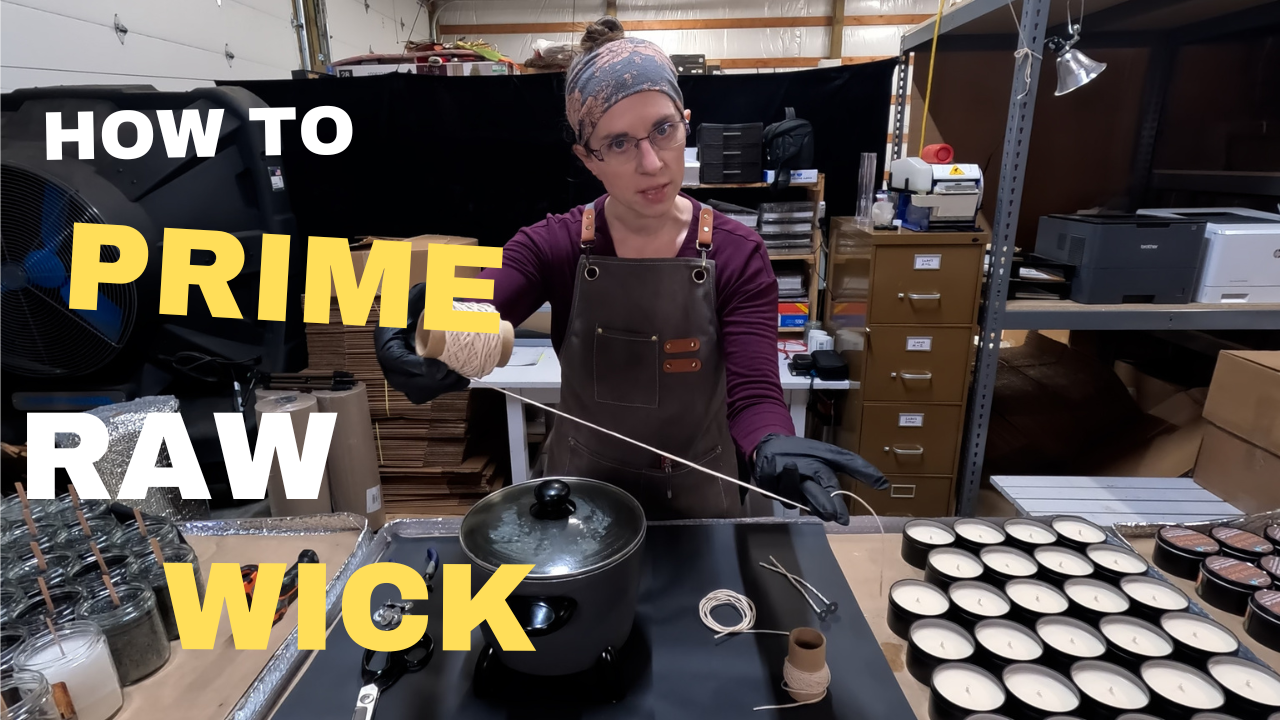I'm going to be starting a new segment called aromatherapy spotlight, which will feature a different essential oil each week. I have had so many questions regarding the aromatherapy benefits of the oils we use in our essential oil candles,that I thought it would be fun to discuss the purported benefits of different essential oils on the blog.
The first essential oil I'm going to be discussing today, is Rosemary essential oil. We use Rosemary essential oil in our Rosemary Mint candle, and our Thieves Oil candle.
To extract the Rosemary essential oil, Rosemary stems are harvested by cutting them from the plant. These stems are then placed in a steam distiller where the essential oil and hydrosol are extracted from the herb. Here is a great video on You Tube about distilling essential oils, in this case they are distilling Lavender, but the process is the same. There is also a part II to this video which I haven't posted, but you should find the link for it on YouTube if you would like to watch it.
Chemical Constituents of Rosemary, Spanish (Rosmarinus officinalis):
1, 8 cineole: 16 - 25%
camphor: 13 - 21%
α-cinene: 18 - 26%
β-cinene: 2 - 6%
borneol: 2 - 4.5%
limonene: 2.5 – 5%
bornyl acetate: .5 – 2.5%
camphene: 8 – 12%
Ρ-cymene: 1 – 2.2%
Β-myrcene: 1.5 – 5%
Α-terpineol: 1 - 3.5%
verbenone: .7 – 2.5%
Rosemary essential oil has a thin consistency and is considered to be a middle note in the perfume industry. It has a woody, camphoraceous, aroma that is reminiscent of fresh rosemary, and yes it is the same rosemary that is used to cook with.
In Aromatherapy, Rosemary is said to be stimulating and may help improve concentration and memory, as well as counteracting mental strain, lethargy or exhaustion. In one study, the 1, 8 cineole in Rosemary was found to improve cognitive performance after inhaling the aroma that had been diffused into the room. The rosemary not only improved cognitive function, it also improved speed and accuracy when subjects were asked to perform simple mathematical calculations. In another study, when Rosemary oil was inhaled at a 10 times dilution for only 5 minutes, it increased free radical scavenger activity in the body and decreased cortisol levels, also known as stress hormones. This would have the benefit of protecting the body from oxidative stress. Of course these are just preliminary studies, and as such they have not been fully proven, but they sure do make you think!
Plasma 1,8-cineole correlates with cognitive performance following exposure to rosemary essential oil aroma. (2012, February 24). Retrieved from Therapeutic Advances in Psychopharmacology: http://m.tpp.sagepub.com/content/early/2012/02/24/2045125312436573
Lis-Balchin, M. (2004). Aromatherapy science: a guide for healthcare professionals. Martindale.
Smelling lavender and rosemary increases free radical scavenging activity and decreases cortisol level in saliva. (n.d.). Retrieved from PubMed: http://www.ncbi.nlm.nih.gov/m/pubmed/17291597/?i=5&from=/19258850/related










Leave a comment
This site is protected by hCaptcha and the hCaptcha Privacy Policy and Terms of Service apply.